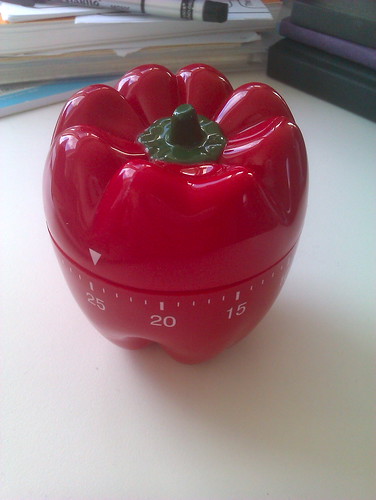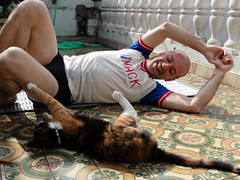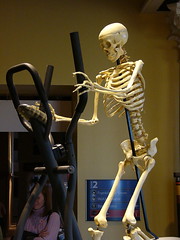
I know this isn't a particularly useful post for everyone, but I wanted to share a couple of things that made my week a little better.
My employer got a subscription to GetAbstract.com a little while ago and I started getting into that. It is a service that gives the abstracts for different books. I think it will be very handy to get the gist of what is going on in a book and determine if I would want to buy it. Also, it is a handy way to get the main takeaways from some very powerful books without necessarily reading the entire book.
Next, on my list of likes, I started reading "The Pragmatic Programmer". I decided that in the next year I want to read the "classics" of software development, The Pragmatic Programmer is high up on the list. While I didn't get too far into this one, I was actually taking notes in the first few chapters. A lot of this stuff I had heard before from different sources, but getting these knowledge bombs dropped one after the next is pretty cool. I will probably write a book review on this book. I'm sure there are other reviews on this book that will be better than what I can do, but I'll do one anyway because it will help me capture what I've learned.
In other good news, Pluralsight just put out an Android learning path. I've been having a hard time figuring out how to get up to speed on Android development. This won't come as a surprise to anyone on my team, but I'm currently a horrible Android developer. I've been trying to choose my own training, but having a curated training plan is very exciting. I have used the training path for C# and it was extremely helpful, though I wasn't fully horrible at C#. I'm already a few courses in and I am really enjoying
Lastly, I got my standing workstation! I bought a VARIDESK Pro Plus 48. I am only one day into using it so I can't rave too much, but I've been eyeing this bad boy up for about a year. After all, Sitting Is the New Smoking plus there is a TED Talk. Thus far I am very happy with it and hopefully, it'll help me be a little bit healthier.
I will be taking a break from blogging next week for Thanksgiving so I'm not going away, I'm just taking a vacation.



